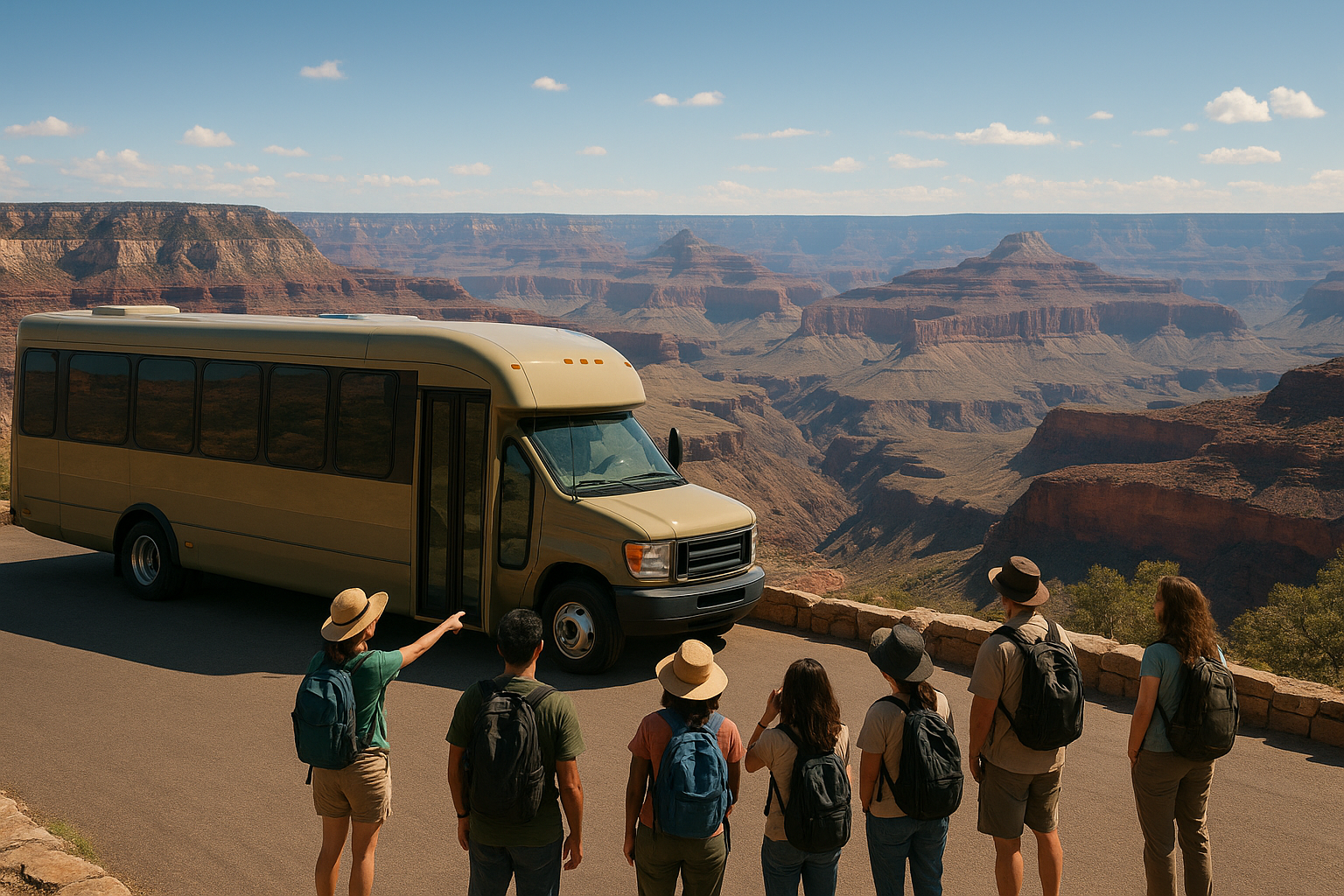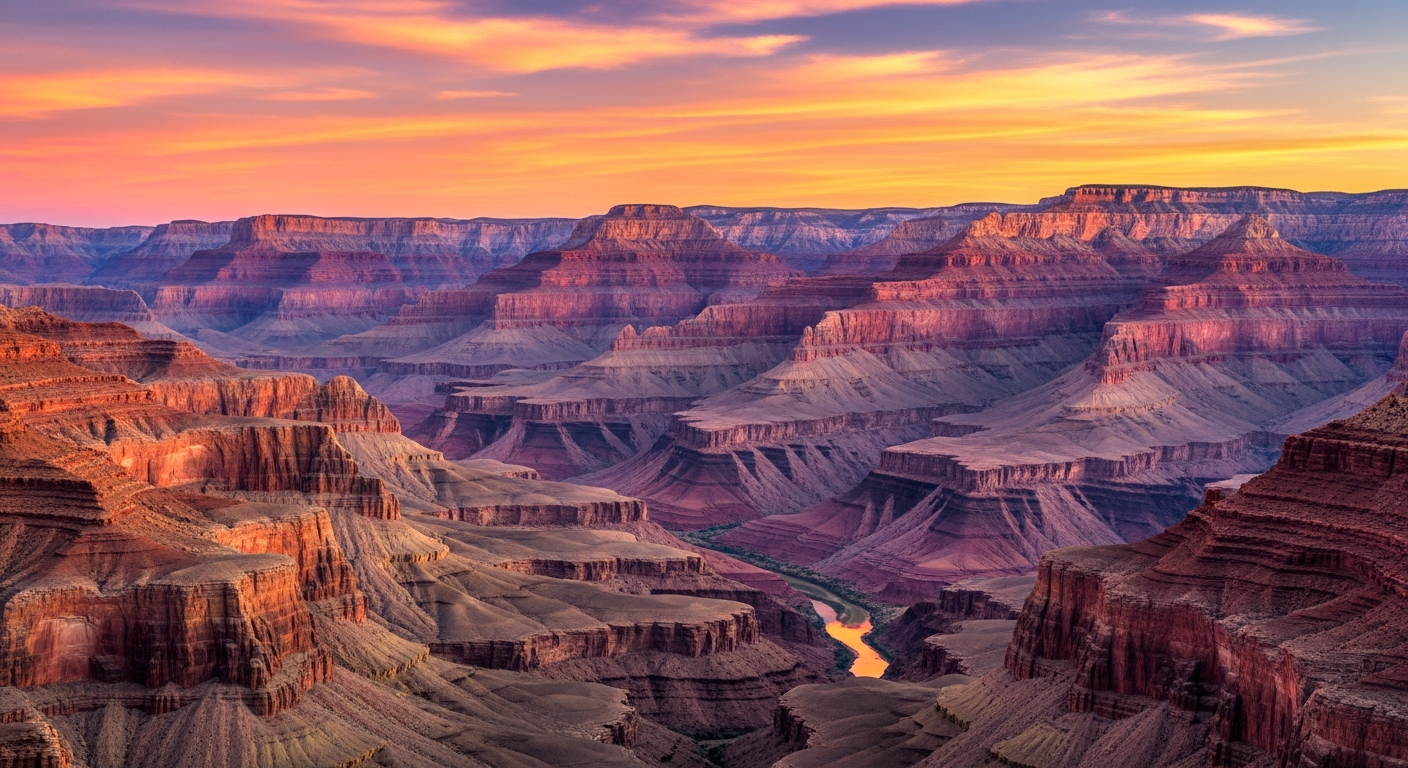The Grand Canyon awakens a sense of wonder in everyone. Its immense scale and vibrant colors create an unforgettable experience. However, planning your first visit can feel overwhelming. This guide provides essential tips to ensure your trip to the South Rim is smooth, safe, and absolutely magical. We designed this advice specifically for first-time visitors like you.
Planning Your Perfect Grand Canyon Trip
Timing your visit is crucial for the best experience. The Grand Canyon South Rim – National Park Service is open year-round, but each season offers a different perspective. Spring and fall are often considered the best times to go. These seasons provide pleasant temperatures for hiking and sightseeing. Consequently, crowds are manageable compared to the summer peak.
Summer brings hot weather, with temperatures often soaring. While this is the most popular season, you must prepare for the heat and large crowds. In contrast, winter offers a unique and serene visit. A dusting of snow on the canyon rim is a breathtaking sight. However, be prepared for cold temperatures and possible road closures. Fewer visitors make it a peaceful time to explore.
. Grand Canyon National Park – What to Pack
What to Pack for Your Adventure
Packing correctly makes a significant difference in your comfort and safety. Your packing list should adapt to the season, but some items are essential year-round. First, focus on layered clothing. The canyon’s weather can change rapidly. A t-shirt, a fleece, and a waterproof jacket will prepare you for most conditions. Sturdy, broken-in hiking shoes or boots are non-negotiable for exploring trails.
Next, prioritize sun protection. The high altitude makes the sun’s rays stronger. Therefore, you should always bring a wide-brimmed hat, sunglasses, and high-SPF sunscreen. Also, a reusable water bottle is a must. Staying hydrated is critical, and filling stations are available throughout the park. Finally, pack a small first-aid kit, a portable charger for your phone, and a camera to capture the stunning views.
Getting Around the South Rim with Ease
Navigating the South Rim is surprisingly simple thanks to the park’s excellent shuttle bus system. In fact, using the free shuttles is the best way to get around, especially during the busy season from spring to fall. The buses reduce traffic congestion and make accessing popular viewpoints much easier. Parking lots, especially near the Visitor Center, fill up early in the day. Source

Understanding the Shuttle Routes
Three main shuttle routes operate on the South Rim. The Village Route (Blue) runs through Grand Canyon Village. It connects the Visitor Center with lodges, restaurants, and campgrounds. This route operates year-round. The Kaibab Rim Route (Orange) provides access to the Visitor Center, Yavapai Geology Museum, and Mather Point. It also takes you to the South Kaibab Trailhead, a popular starting point for hikers.
The Hermit Road Route (Red) is perhaps the most scenic. It travels along the west rim, stopping at nine spectacular overlooks. This route is mandatory from March through November, as Hermit Road is closed to private vehicles during this period. Using these shuttles allows you to hop on and off at various points, customizing your tour of the canyon’s edge.
Must-See Sights and Easy Activities
For your first visit, focus on the most accessible and rewarding viewpoints. Start at Mather Point, located near the main Visitor Center. It offers your first jaw-dropping, panoramic view of the canyon. From there, take a short walk along the paved Rim Trail to the Yavapai Geology Museum. Inside, you will find fascinating exhibits and another incredible viewpoint through large picture windows.
For a different perspective, take the shuttle along Hermit Road. Each stop presents a unique vista. Hopi Point, for example, is one of the best spots for watching the sunset. The Rim Trail itself is a fantastic activity for all fitness levels. It is a mostly flat, paved path that stretches for miles along the canyon’s edge. You can walk a short section or spend hours exploring its length, enjoying the ever-changing scenery without a strenuous hike.
Staying Safe at the Canyon’s Edge
Your safety is the top priority. The Grand Canyon is a wild and natural place that demands respect. First and foremost, stay hydrated. Drink plenty of water and carry extra, even on short walks. Dehydration can happen quickly in the dry, high-altitude air. Additionally, always stay on designated trails and behind safety railings. The ground near the edge can be unstable.
When hiking, know your limits. A hike down into the canyon is much harder on the way back up. For a first visit, stick to the Rim Trail or a very short descent on a corridor trail like the Bright Angel Trail. Furthermore, never feed or approach wildlife. Animals like squirrels and deer may seem tame, but they are wild and can be dangerous. By following these simple rules, you ensure a safe and enjoyable trip for everyone.

